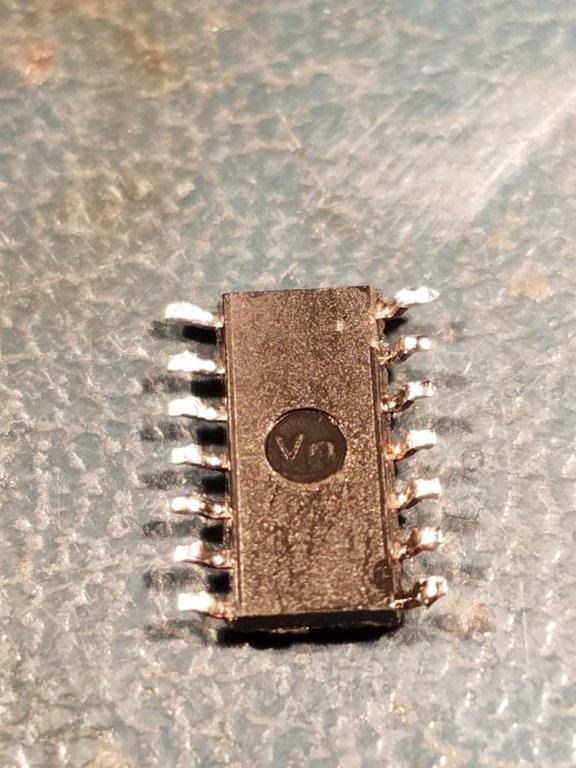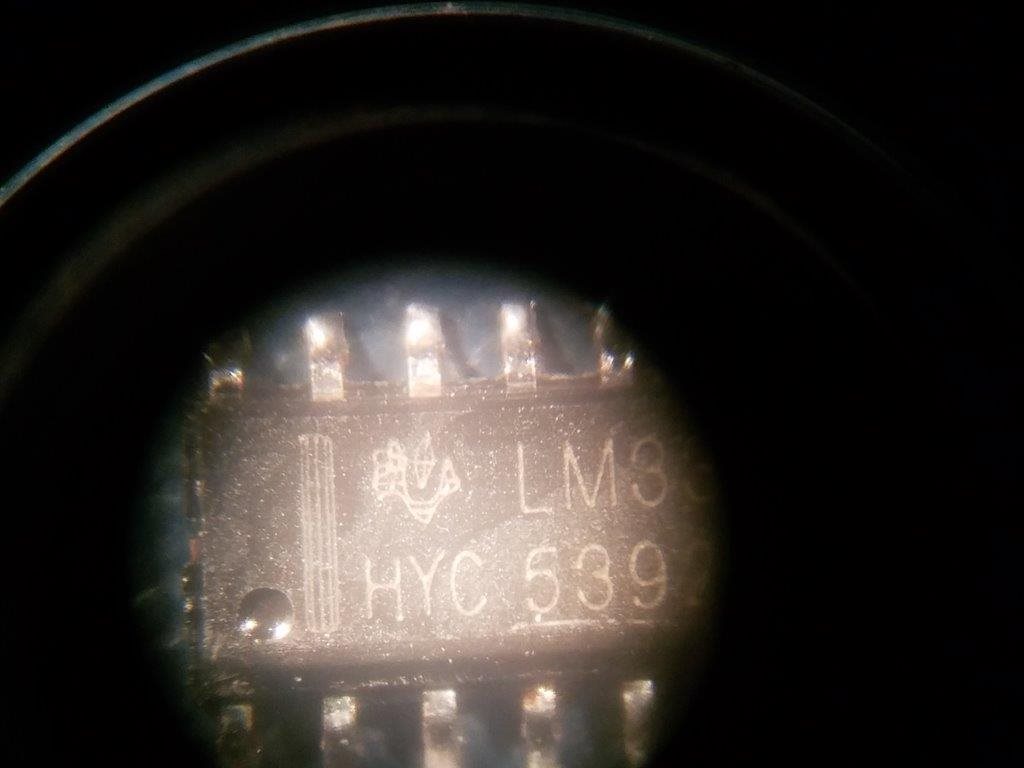I am using an LM339 in conjunction with a 4401 transistor to control a FET.
I have started to see a rash of FET failures and have been able to make the circuit work and/or fail by changing the LM339.
The part markings on all the sample assemblies that fail are 'TI LM339' and 'HYC5392H'.
The markings on the sample assemblies that work are a mixture:
LM339 G4 and 9CADSVM
LM339 and 16P18NAG4
LM339 and 05P042AG3
LM339 G4 and 04ALFDM
What has changed?




